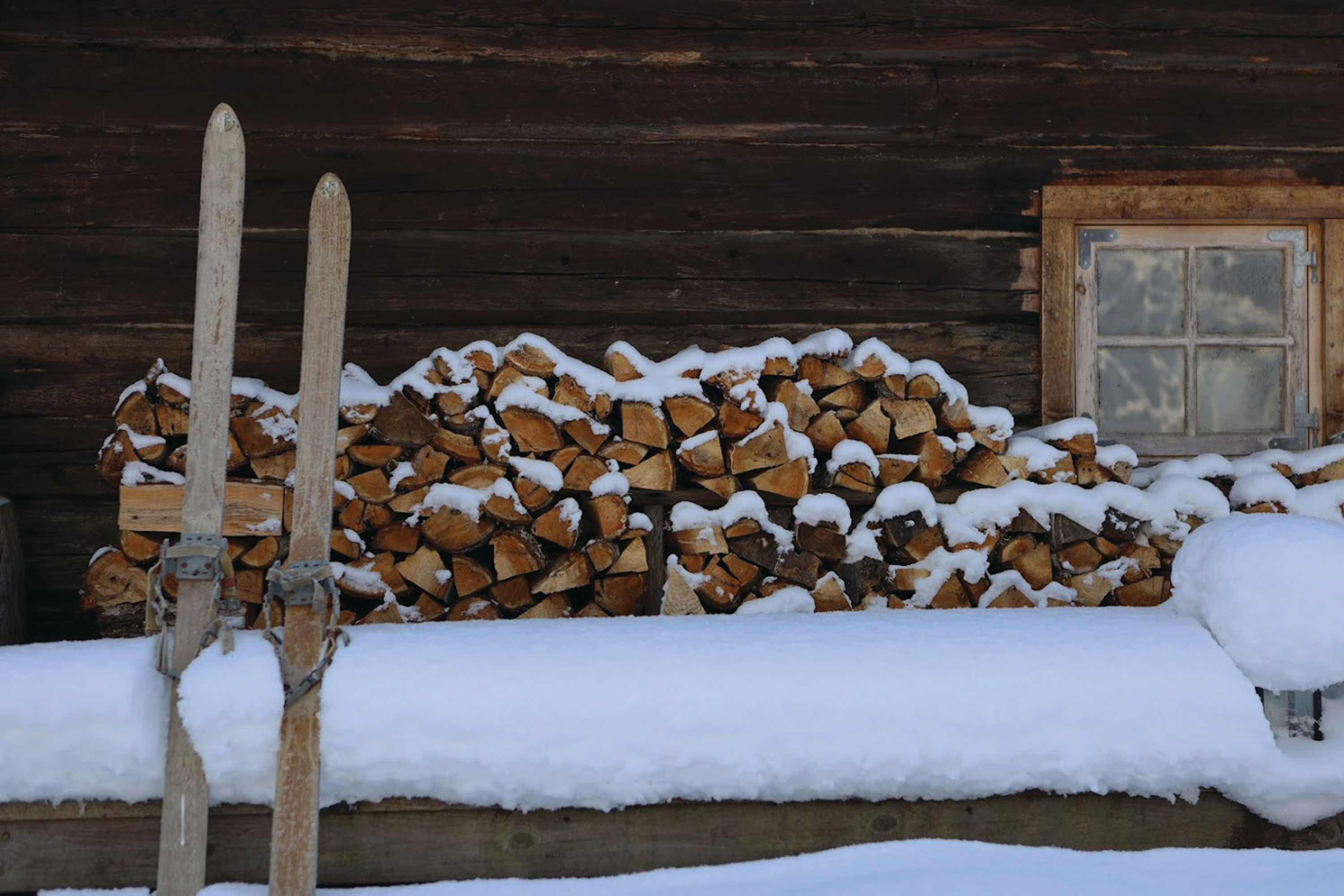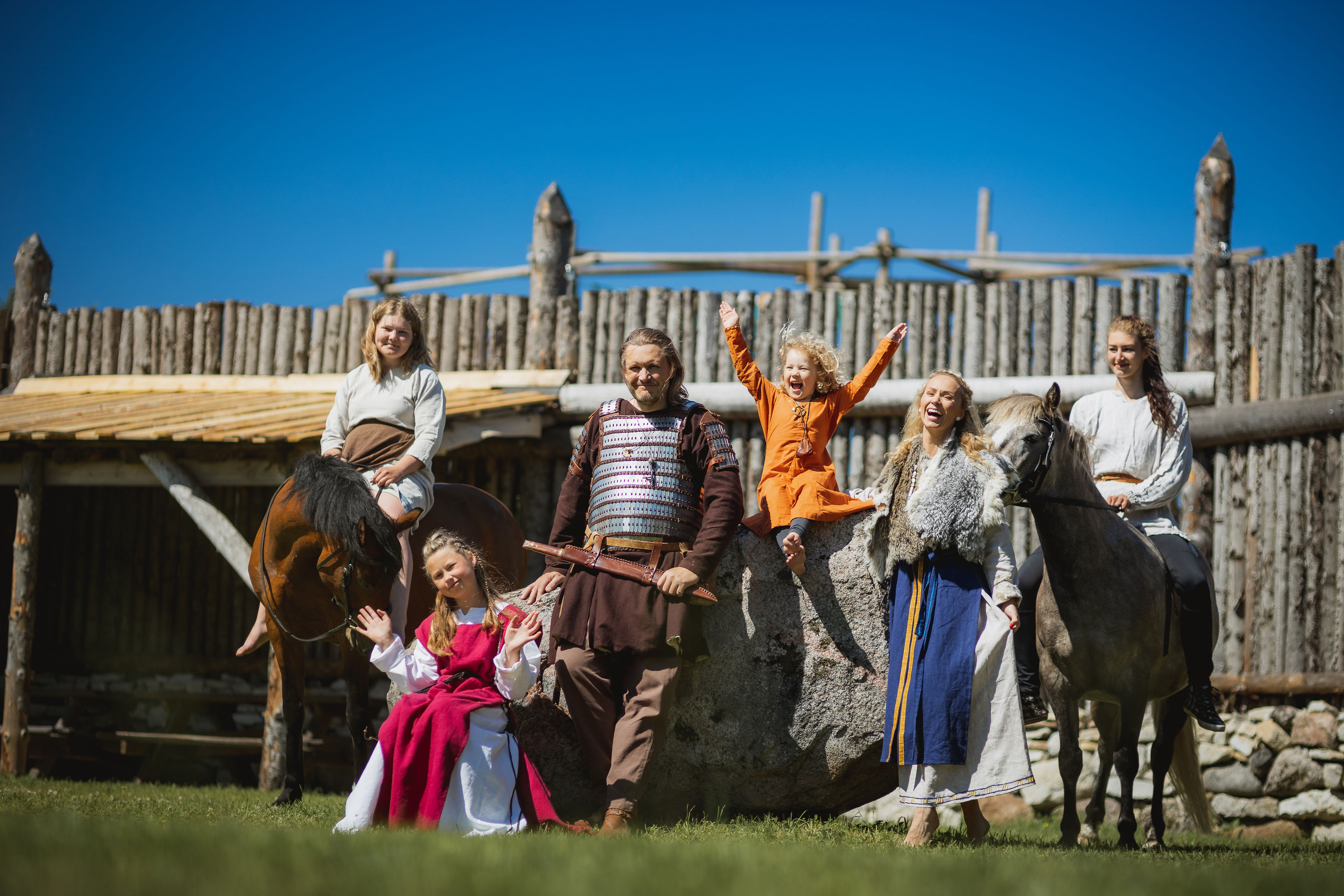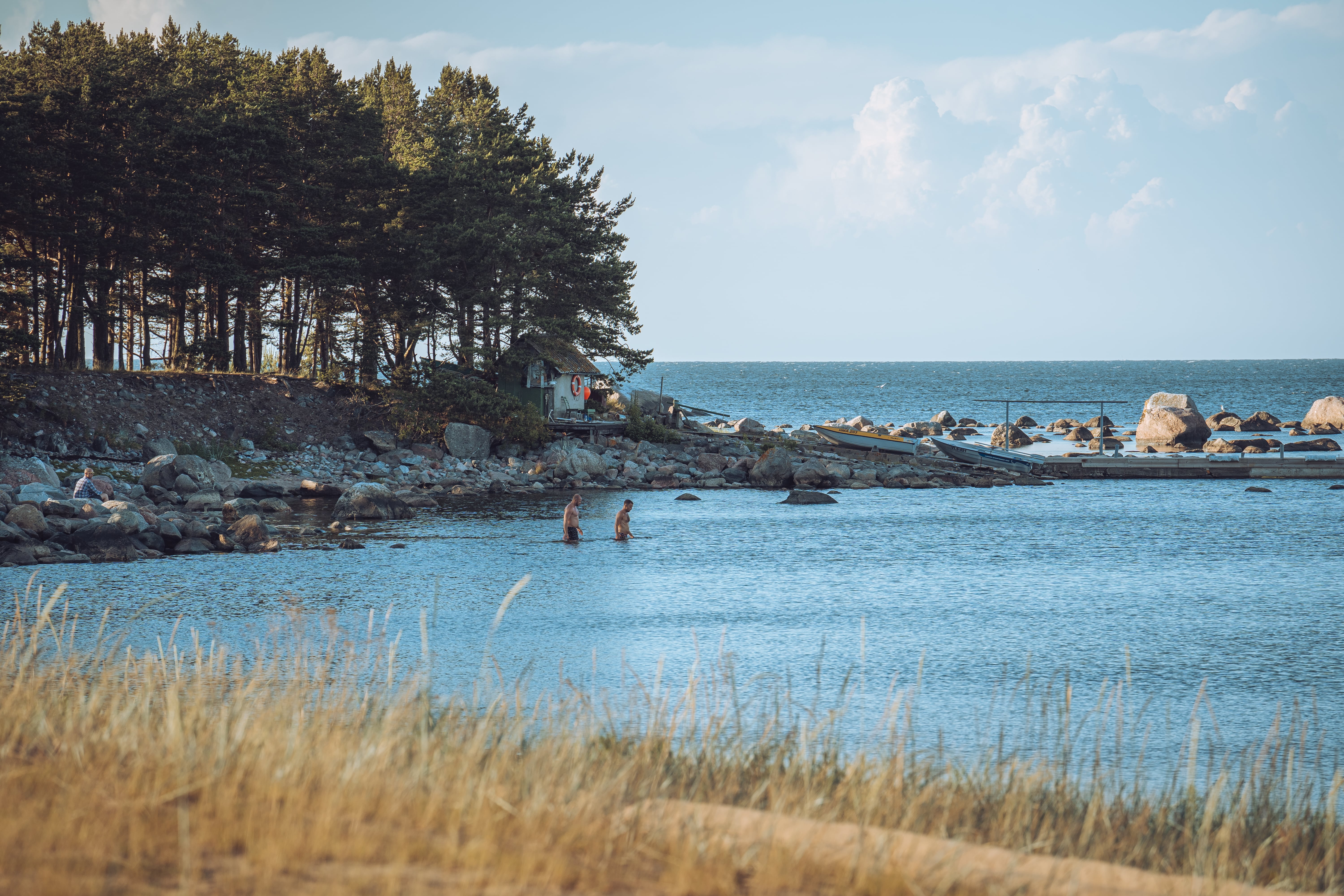
Top islands to visit in Estonia
Estonia's islands have played a crucial role in the country's history and culture. Here are the ones with regular ferry connections.
Estonia has 2,317 islands.
However, very few of them are inhabited or easily accessible to visitors.
Luckily, the ones that are can be reached on a short ferry ride into the Baltic Sea (or Lake Peipsi for Piirissaar). They are quiet places for hiking, camping, exploring Estonia's rich coastal heritage, and enjoying local food.
Saaremaa
Estonia's largest island, Saaremaa, attracts visitors with its natural beauty, rich history, and cultural heritage. Here, you will find ancient spa resort traditions in the island's capital, Kuressaare, which has something to offer everyone, regardless of the season. Saaremaa is one of Estonia's top tourist destinations, attracting visitors from near and far.
How to get to Saaremaa: Take a ferry to Muhu Island from Virtsu Port on the mainland and then drive to Saaremaa. For a quick and comfortable journey from Tallinn to Kuressaare, consider flying, which takes around 30 minutes.

Photo author: Robert Lindström
Vilsandi
During its peak, Vilsandi was home to over 200 people, including fishermen, sailors, and seal hunters. Today, it is home to only one permanent resident: an island guard. The island itself is believed to be over 2000 years old.
Today, Vilsandi National Park is Estonia's most marine national park and the most island-rich region. It was established in 1910.
What to see: Stop by the Vilsandi National Park RMK Visitor Center before setting out to explore. Discover the Harilaiu Peninsula on the Harilaiu hiking trails, which take you to the scenic Kiipsaare Lighthouse. Take in the view from atop Vilsandi Lighthouse on Vilsandi Island.
How to get to Vilsandi: A visit to Vilsandi National Park should be planned ahead. There is a boat connection organized by the local municipality that runs from Papissaare (Saaremaa) to Vikati (Vilsandi) and back.
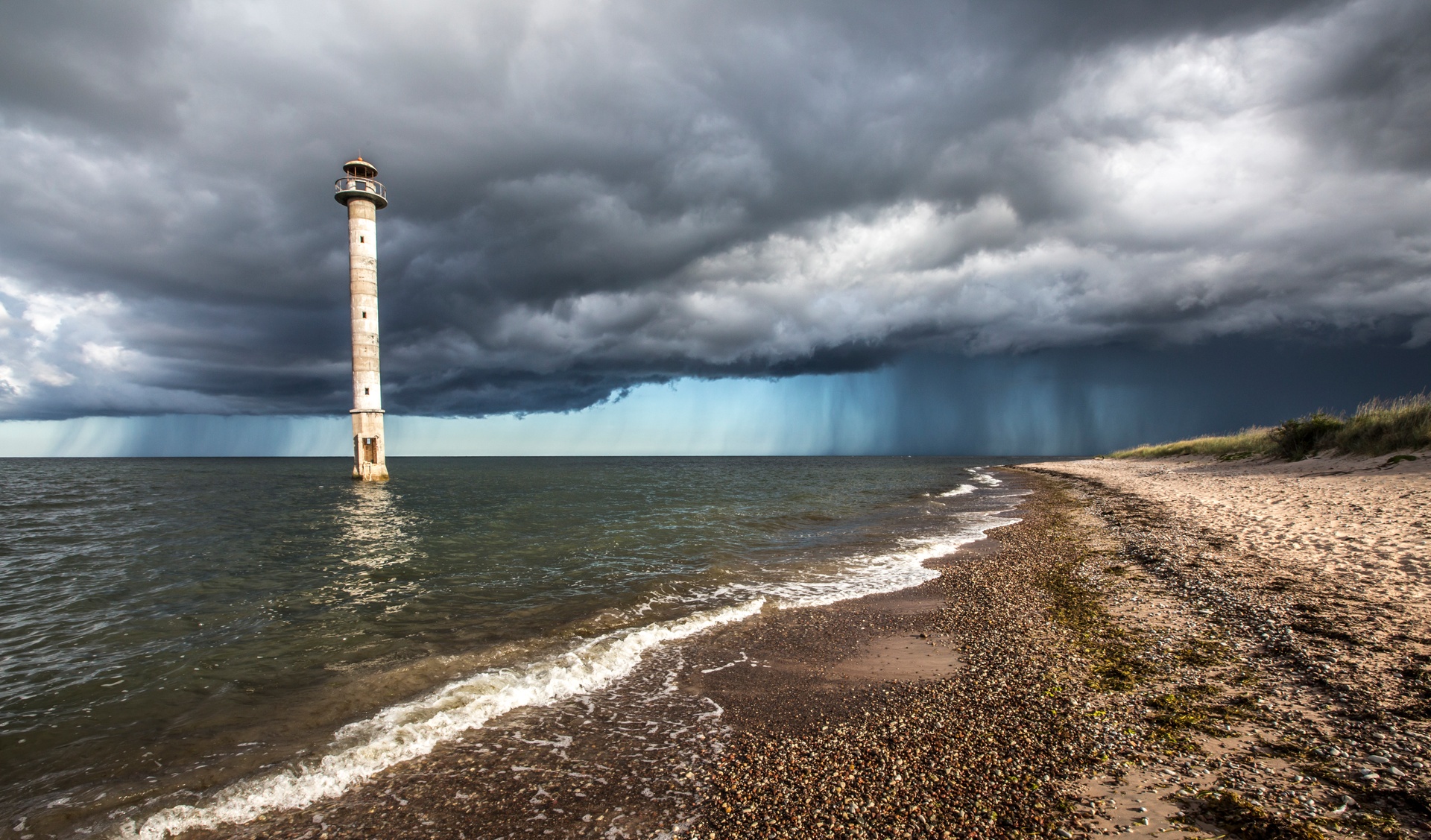
Photo author: Mati Kose
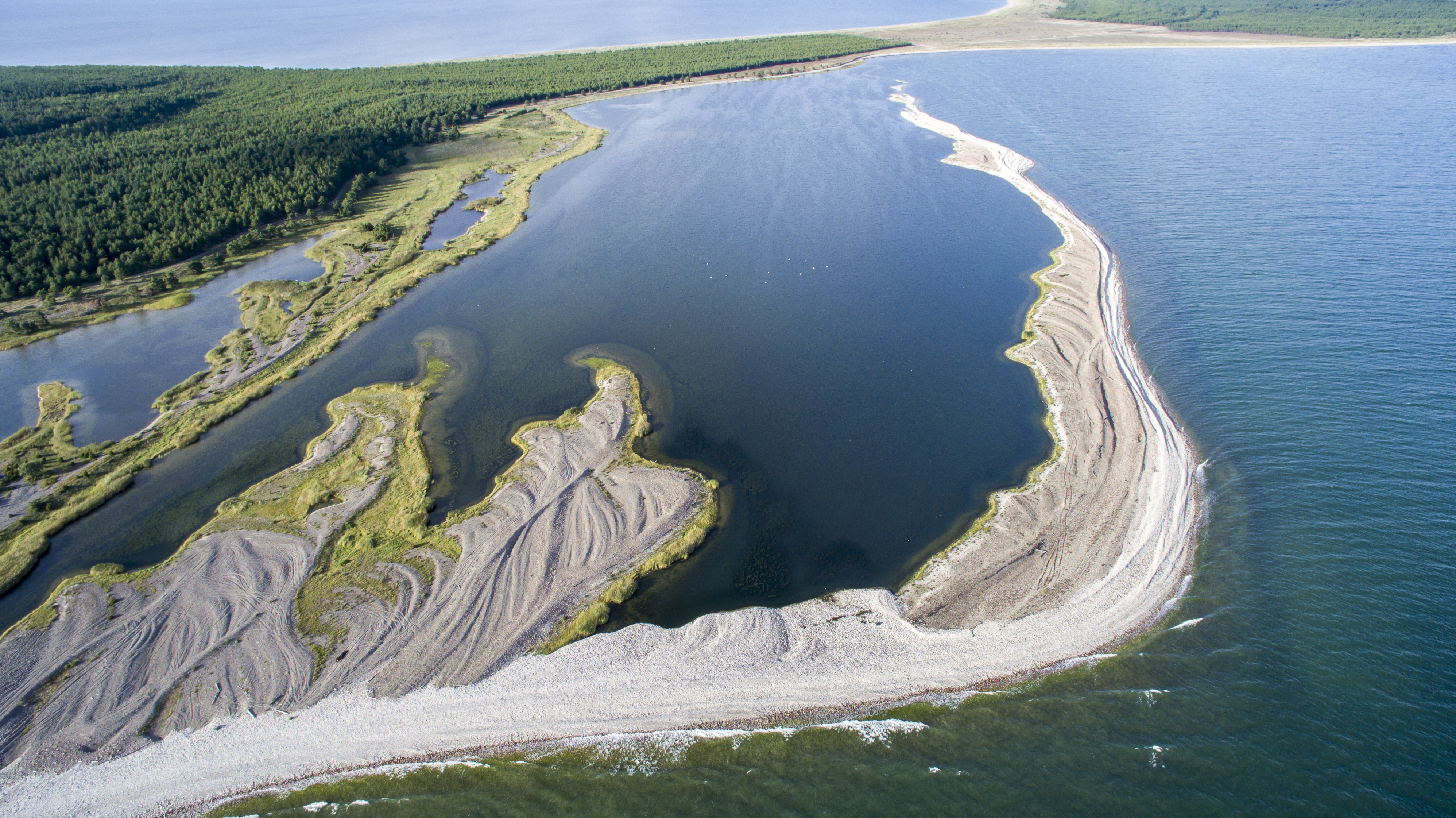
Muhu
Muhu is known for its timeless village ambiance and natural landscapes, which have remained unchanged for centuries. Distances between attractions are short, making it ideal for exploration by bicycle, horseback, or boat. Muhu Islanders have preserved their coastal culture from ancient times to today by advocating for ecological balance and promoting a nature-centric mindset.
How to get to Muhu Island: By ferry from Kuivastu Port on the mainland or by bridge from Saaremaa

Photo author: Priidu Saart
Hiiumaa
Hiiumaa is the second-largest island in Estonia. What sets Hiiumaa apart from other Estonian islands? Its exceptionally clean, unspoiled natural beauty, as well as the close-to-nature and natural lifestyles preferred by its residents.
Unlike Saaremaa, you won't find modern spa centers or health resorts here because the island itself is like a spa, with plenty of summer sunshine, soothing sea waves, and long sandy beaches. The salty sea water is believed to be particularly beneficial for skin problems and easing bone pain. Hiiumaa is also home to Kõpu Lighthouse, one of the oldest operating lighthouses in the world.
How to get to Hiiumaa: By ferry from Rohuküla to Heltermaa or the ferry line from Saaremaa (Triigi Port) to Hiiumaa (Sõru Port). For a quick and comfortable journey from Tallinn to Kärdla, consider flying, which takes around 30 minutes.

Photo author: Priidu Saart
Vormsi
During a romantic walk or bike ride around the island, you can still see the influence of Swedish seafarers who settled there hundreds of years ago in the architecture and place names. Until 1944, the island was inhabited mainly by Coastal Swedes, who fled to Sweden after World War II. Nowadays, around 450 people live on the island. Vormsi is a great holiday destination for those seeking untouched nature and those interested in Coastal Swedish history.
How to get to Vormsi: By ferry from Rohuküla Harbors near Haapsalu

Photo author: Silver Raidla, Visit Haapsalu
What to see on Vormsi
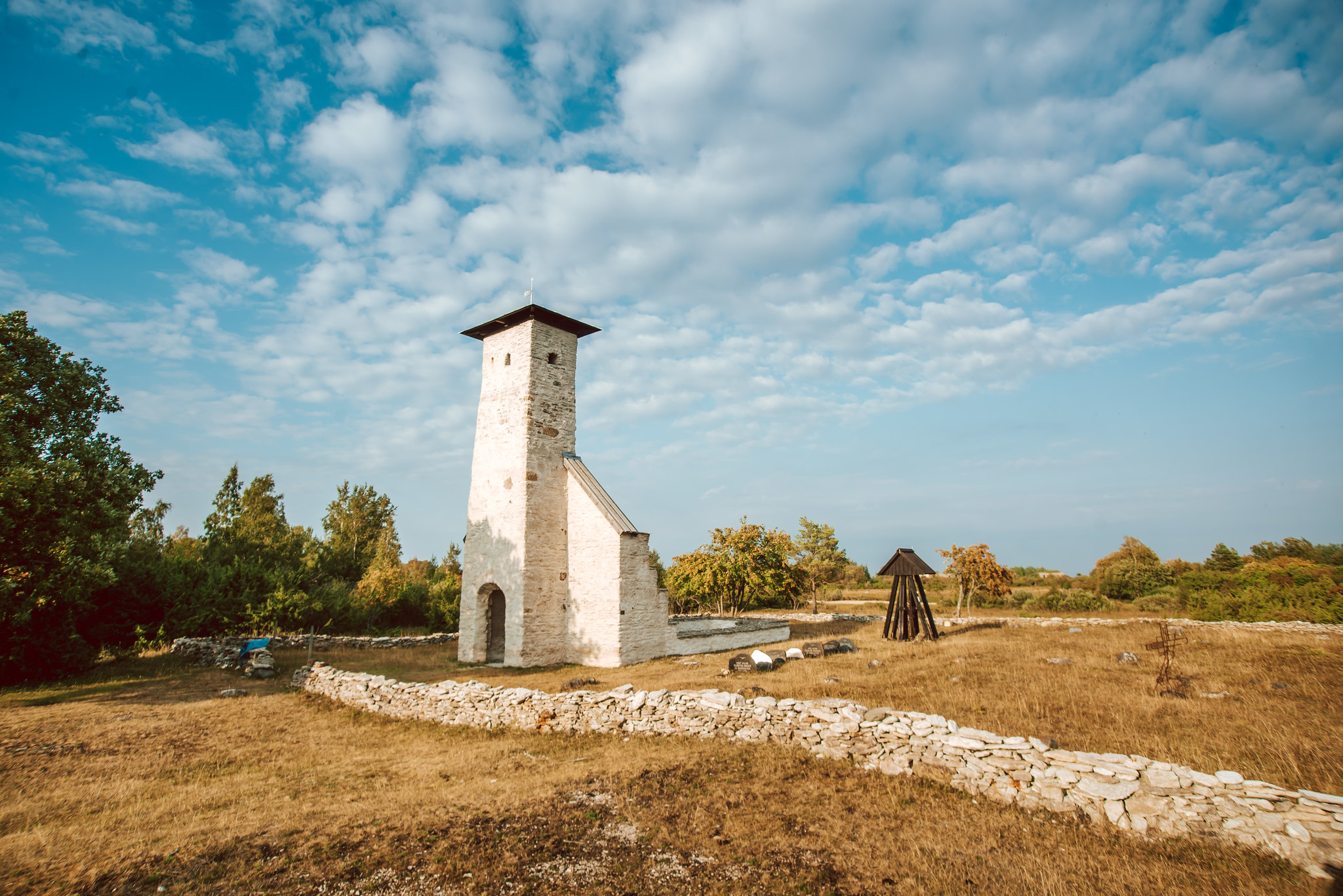
Kihnu
Kihnu is a unique treasure, as its lifestyle and culture are part of UNESCO's List of Intangible Cultural Heritage. The island's residents still practice these ancient traditions. Women often wear traditional clothing, and music and dancing are part of important celebrations. You can try locally caught fish at one of the island's home cafés or purchase intricate knitwork at one of the many handicraft shops.
Kihnu is the seventh-largest island in Estonia. It offers much to see, yet it is small enough to be perfect for hiking and cycling.
How to get to Kihnu: By ferry from Munalaiu Harbors, about 30 minutes from Pärnu

Photo author: Priidu Saart
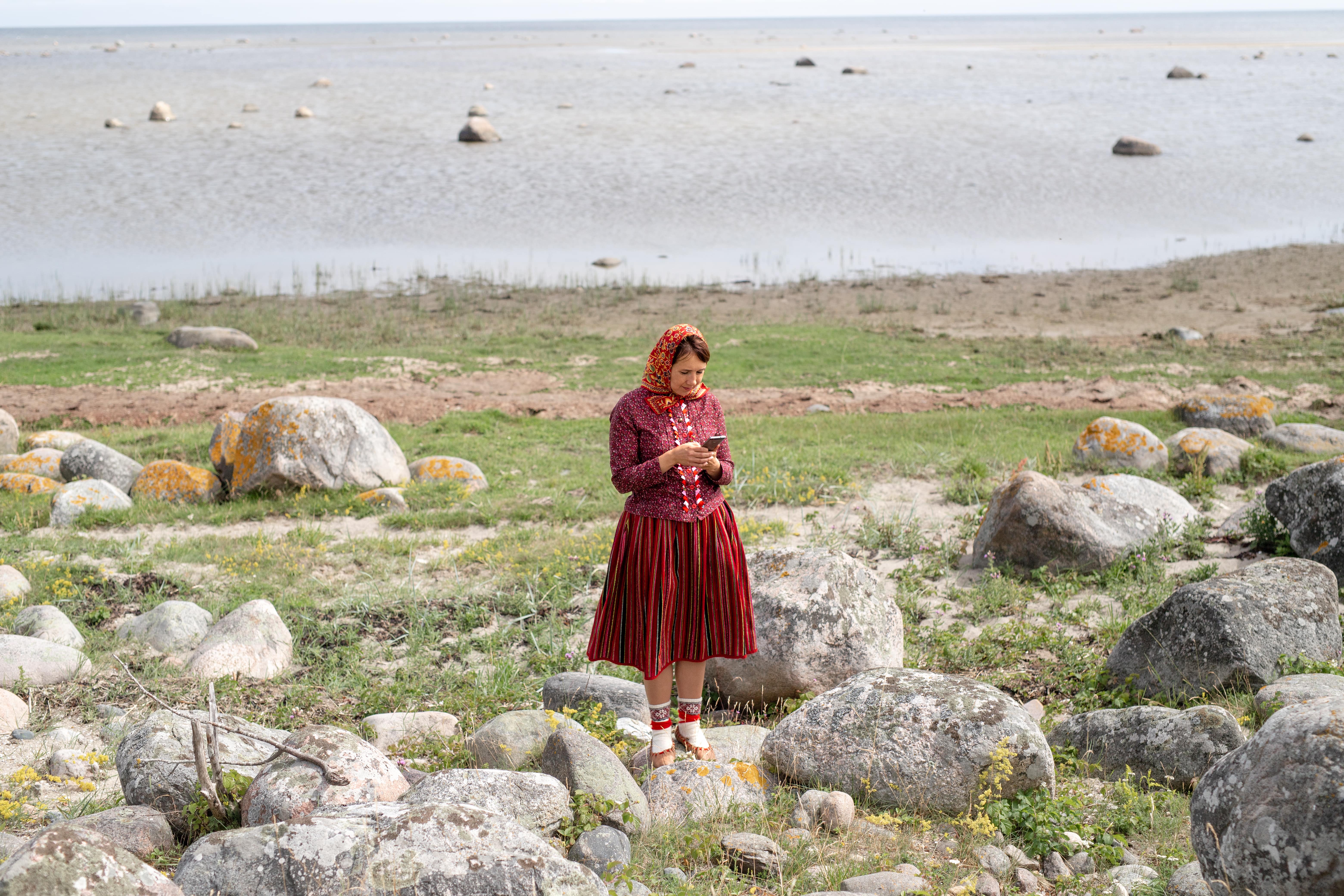
Ruhnu
Despite its small size, the sixty-inhabitant island community raises horses, sheep, and cows and has a weather station, airport, post office, doctor, library, and two shops. The southernmost island in Estonia, Ruhnu, is called "the pearl of the Gulf of Riga." The island had a strong Swedish community for centuries, but like most Coastal Swedes, they left for Sweden in 1944.
What to see: St. Madeline's Church, built in 1644, is Estonia's oldest standing wooden building. It stands side-by-side with the island's current church, which was built in 1912. The metal lighthouse dates back to the late 1800s. A museum and a restored farm complex are open during the summer season.
How to get to Ruhnu: by ferry from Pärnu, Munalaiu, or Saaremaa's Roomassaare Harbors

Photo author: Ruhnu vallavalitsus
Aegna
Located 10 kilometers off the coast of Tallinn, Aegna was first mentioned in writing in 1297. and the island has been permanently settled since the mid-15th century.
Aegna also has a long military history. When World War I began, all the island's inhabitants were evacuated, and it became a military base. The railway was rebuilt for military purposes. Ship traffic to the island was restored in 1961, but only for those with special permits. It wasn't until 1991 that the island was opened to visitors. Like Naissaar, Aegna is now entirely under nature preservation.
What to see: You can explore the island using this digital visitor guide. You can also organize a guided tour of Aegna's main sites.
How to get to Aegna: The high-speed ferry Vegtind departs from Tallinn's Linnahall Harbor during the summer.

Photo author: Simo Sepp, Visit Tallinn
Naissaar
Located 10 kilometers from Tallinn, Naissaar attracts day visitors who come for its beautiful sandy beach, hiking trails, and military heritage.
When the military took control of the island in 1913, all residents were evicted. In the southern part of the island, you will find an abandoned Soviet-era mine factory and a legacy narrow-gauge railway from when the Soviet army controlled it. Nowadays, only one person lives on the island, and the whole island is a nature preserve.
What to see: Learn about the island's military history at the Naissaar War Museum, admire the simple lines of the wooden St. Mary's Church, or climb Naissaar Lighthouse.
How to get to Naissaar: There is a regular ferry connection from Friday to Sunday from the end of May to the middle of September. You can also visit the island with your own boat.

Photo author: Simo Sepp, Visit Tallinn
Prangli Island
Prangli Island has an area of 6.4 square kilometers, making it the 13th largest island in Estonia. It is located on the northern coast of Estonia and is the only island in the region that has been permanently inhabited for more than 600 years.
About 171 people live in the island’s three villages: Kelnase, Idaotsa, and Lääneotsa. The island has everything locals need: a primary school, cultural center, library, museum, church, doctor’s office, post office, and shop.
What to see: Rent a bike or take a guided tour around the island in a truck or go for a hike and sauna.
How to get there: Take the Wrangö Ferry, which runs year-round. The ferry departs from Leppneeme Harbor every day from April to October, most days several times a day. Departures are less frequent during winter.

Photo author: Simo Sepp, Visit Tallinn
Piirissaar
Piirissaar is not located in the Baltic Sea but in Lake Peipsi, on the southeastern border of Estonia. It's a particularly interesting destination because of the island's Old Believer community and its unique culture. Piirissaar has two sanctuaries protecting rare species of frogs, birds and plants. In Piiri village, islanders grow vegetables and onions and fish on the lake.
What to see: The charming Piirissaare Old Believers Museum and the Old Believer cemeteries, of which there are three in total
How to get to Piirissaar: by ferry from Laaksaare Harbor to Piirissaar

Photo author: Mariana Risthein
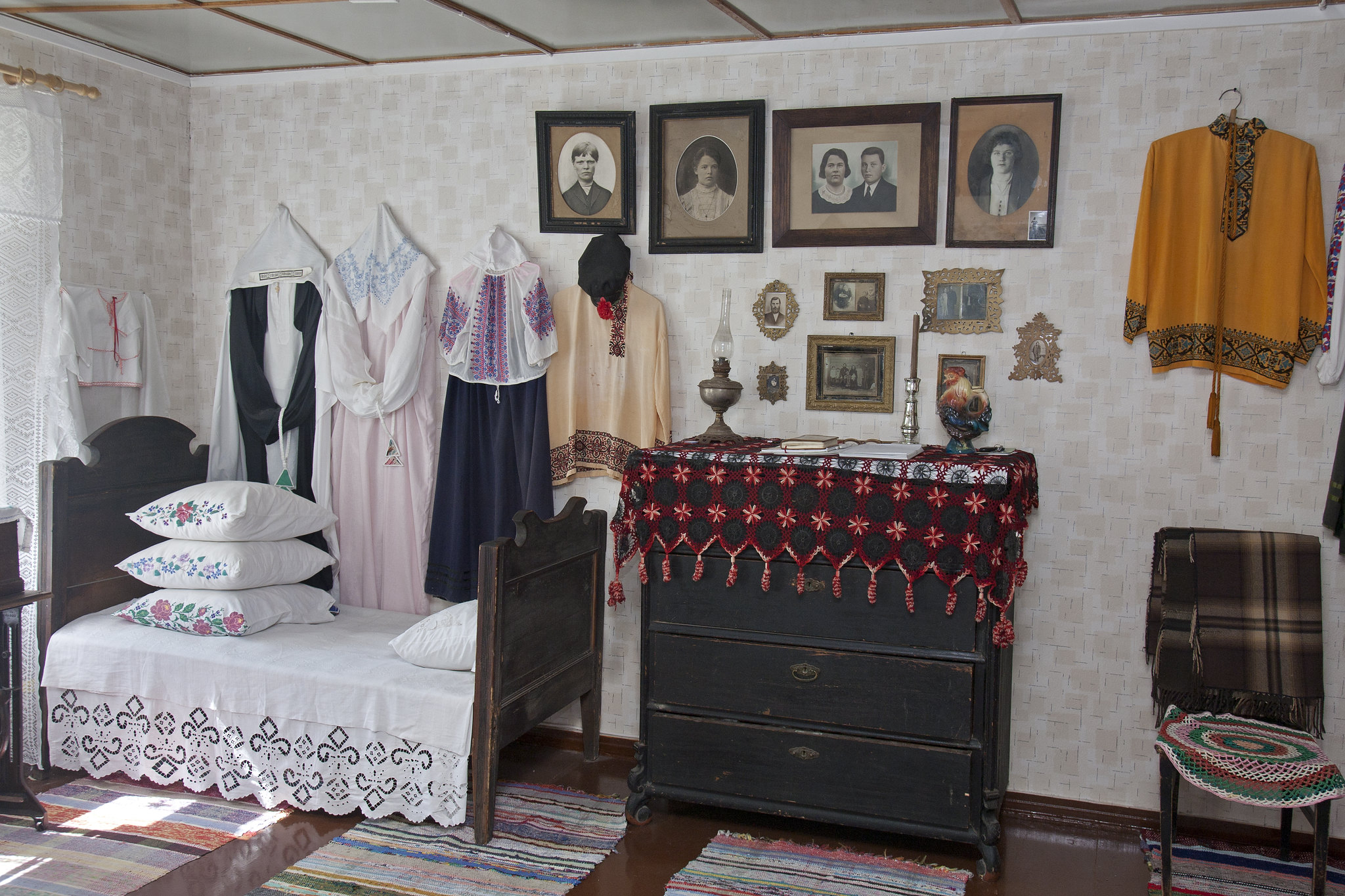
How to get to Estonia's islands
Ferry schedules
- Aegna, Naissaare, and Prangli: Sunlines
- Kihnu, Vormsi, Piirissaar, and between Saaremaa and Hiiumaa: Kihnu Veeteed
- Hiiumaa and Muhu: Praamid
Get inspired
Last updated
31.10.2025

